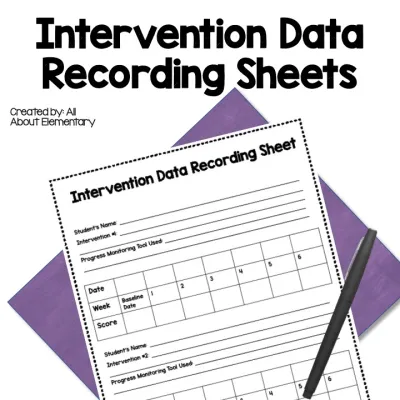 Completing
Completing
Interventions are an important aspect of helping students progress through the Response to Intervention (RTI) process. However, implementing interventions in the classroom can be a stressful and challenging process for teachers. To make interventions more manageable and effective, it is essential to have the right systems in place. Here are three tips for implementing interventions in a meaningful and efficient way:
Tip #1: Use small group teaching times to complete interventions. When working with a small group that has the same need, take a few minutes to complete a quick intervention. While the other students are working independently, use this time to progress monitor the student and assess whether the intervention is working.
Tip #2: Allow interventions to run for at least six weeks. This is the minimum time required to assess whether the intervention is effective. Use a progress monitoring tool to track progress and determine whether the intervention is making a positive difference. If it is not working, it may be time to try a different intervention.
Tip #3: Focus on one to two interventions at a time. It is crucial to give interventions enough time and attention to ensure they are being implemented correctly. Implementing multiple interventions simultaneously can be overwhelming and make it challenging to track progress accurately. Therefore, it is better to start with simple interventions and gradually add more as you become comfortable.
By following these tips, teachers can make interventions easier to manage and more effective for students. Remember, interventions are designed to help students succeed, and by implementing them correctly, teachers can make a positive difference in their students’ academic progress.
Check out this free resource
I wanted to share a free resource that I used to record my interventions as a teacher. It is a great way to keep your data organized. I hope you find it helpful!


